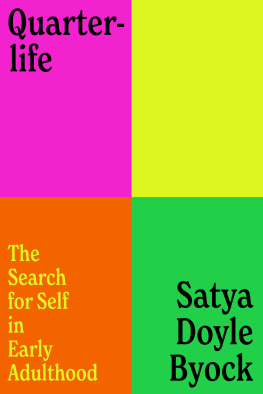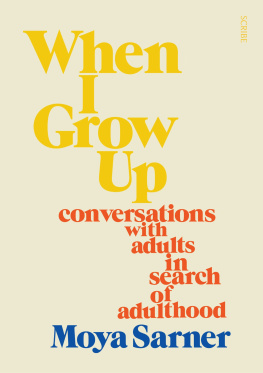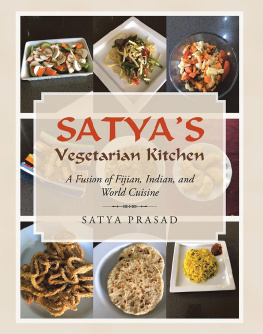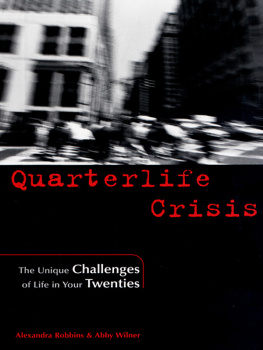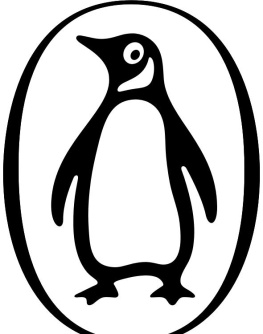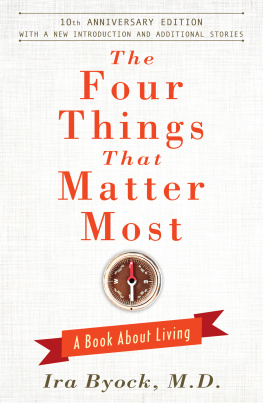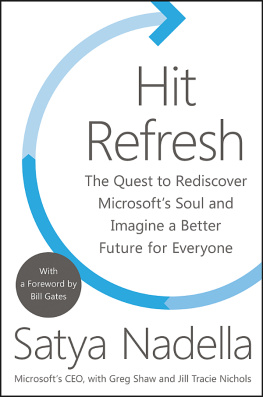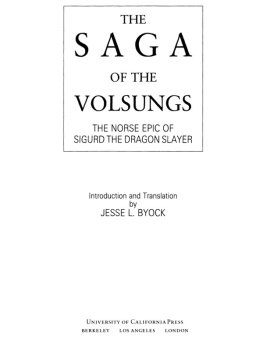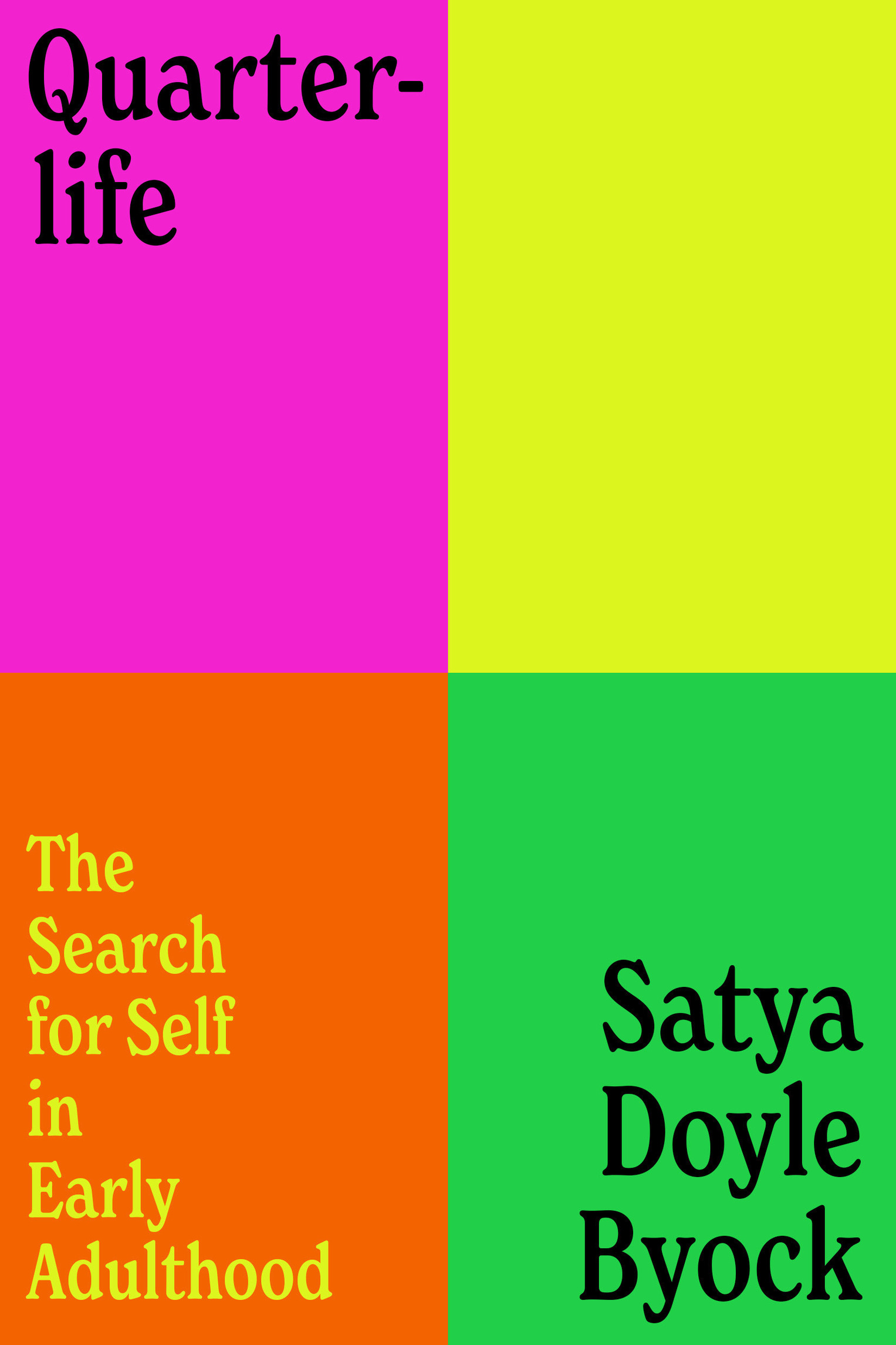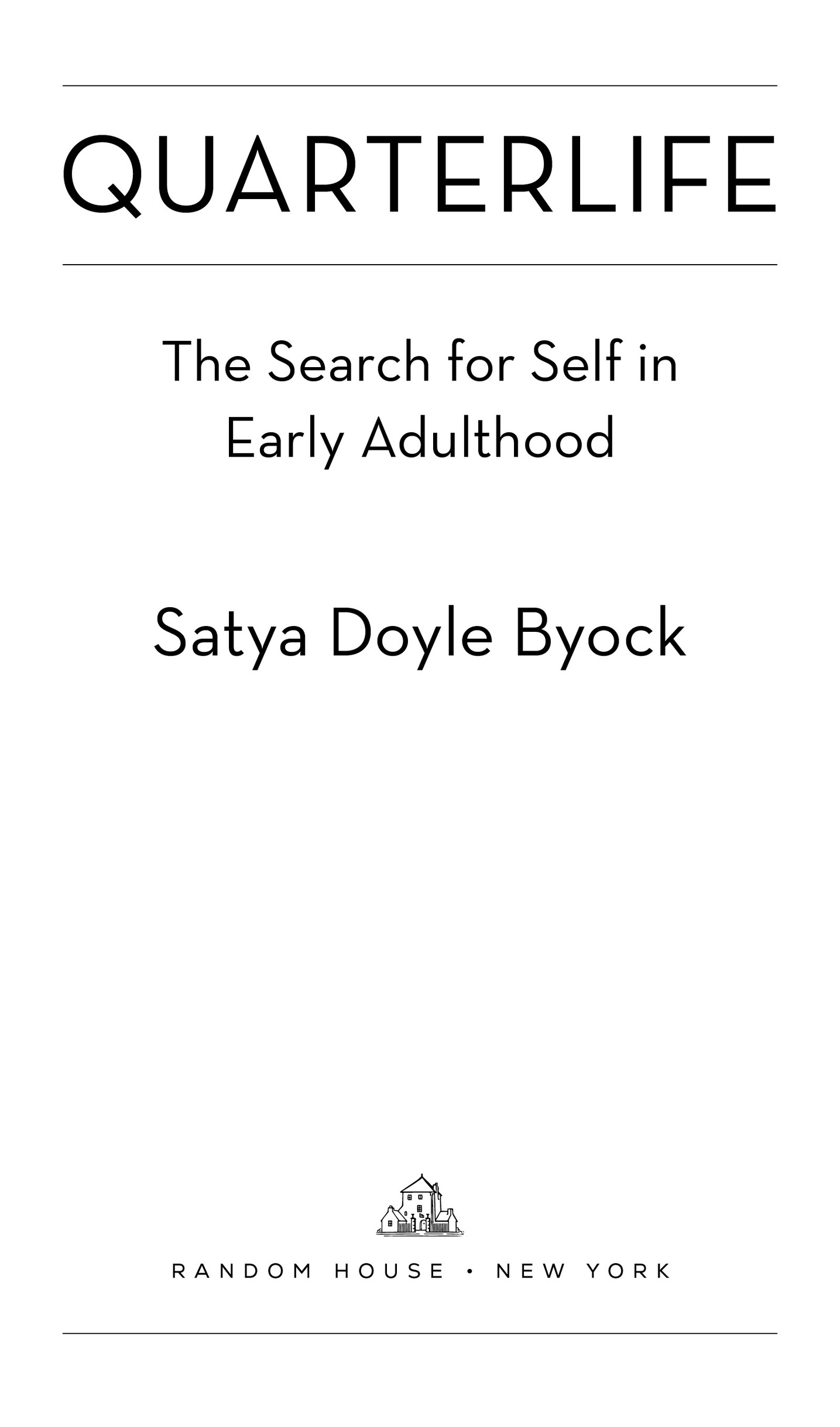Satya Doyle Byock - Quarterlife: The Search for Self in Early Adulthood
Here you can read online Satya Doyle Byock - Quarterlife: The Search for Self in Early Adulthood full text of the book (entire story) in english for free. Download pdf and epub, get meaning, cover and reviews about this ebook. year: 2022, publisher: Random House Publishing Group, genre: Religion. Description of the work, (preface) as well as reviews are available. Best literature library LitArk.com created for fans of good reading and offers a wide selection of genres:
Romance novel
Science fiction
Adventure
Detective
Science
History
Home and family
Prose
Art
Politics
Computer
Non-fiction
Religion
Business
Children
Humor
Choose a favorite category and find really read worthwhile books. Enjoy immersion in the world of imagination, feel the emotions of the characters or learn something new for yourself, make an fascinating discovery.
- Book:Quarterlife: The Search for Self in Early Adulthood
- Author:
- Publisher:Random House Publishing Group
- Genre:
- Year:2022
- Rating:3 / 5
- Favourites:Add to favourites
- Your mark:
Quarterlife: The Search for Self in Early Adulthood: summary, description and annotation
We offer to read an annotation, description, summary or preface (depends on what the author of the book "Quarterlife: The Search for Self in Early Adulthood" wrote himself). If you haven't found the necessary information about the book — write in the comments, we will try to find it.
Quarterlife is an insightful, revealing look at the messy and uncharted paths to wholeness, and a powerful tool for anyone navigating early adulthood.Tembi Locke, New York Times bestselling author of From Scratch
Im stuck. Whats wrong with me? Is this all there is? Satya Doyle Byock hears these refrains regularly in her psychotherapy practice where she works with Quarterlifers, individuals between the ages of (roughly) sixteen to thirty-six. She understands their frustration. Some clients have done everything right: graduate, get a job, meet a partner. Yet they are unfulfilled and unclear on what to do next. Byock calls these Quarterlifers Stability Types. Others are uninterested in this prescribed path, but feel unmoored. She refers to them as Meaning Types.
While society is quick to label the emotions and behavior of this age group as generational traits, Byock sees things differently. She believes these struggles are part of the developmental journey of Quarterlife, a distinct stage that every person goes through and which has been virtually ignored by popular culture and psychology.
In Quarterlife, Byock utilizes personal storytelling, mythology, Jungian psychology, pop culture, literature, and client case studies to provide guideposts for this period of life. Readers will be able to find themselves on the spectrum between Stability and Meaning Types, and engage with Byocks four pillars of Quarterlife development:
Separate: Gain independence from the relationships and expectations that no longer serve you
Listen: Pay close attention to your own wants and needs
Build: Create, cultivate, and construct tools and practices for the life you want
Integrate: Take what youve learned and manifest something new
Quarterlife is a defining work that offers a compassionate roadmap toward finding understanding, happiness, and wholeness in adulthood.
Satya Doyle Byock: author's other books
Who wrote Quarterlife: The Search for Self in Early Adulthood? Find out the surname, the name of the author of the book and a list of all author's works by series.

